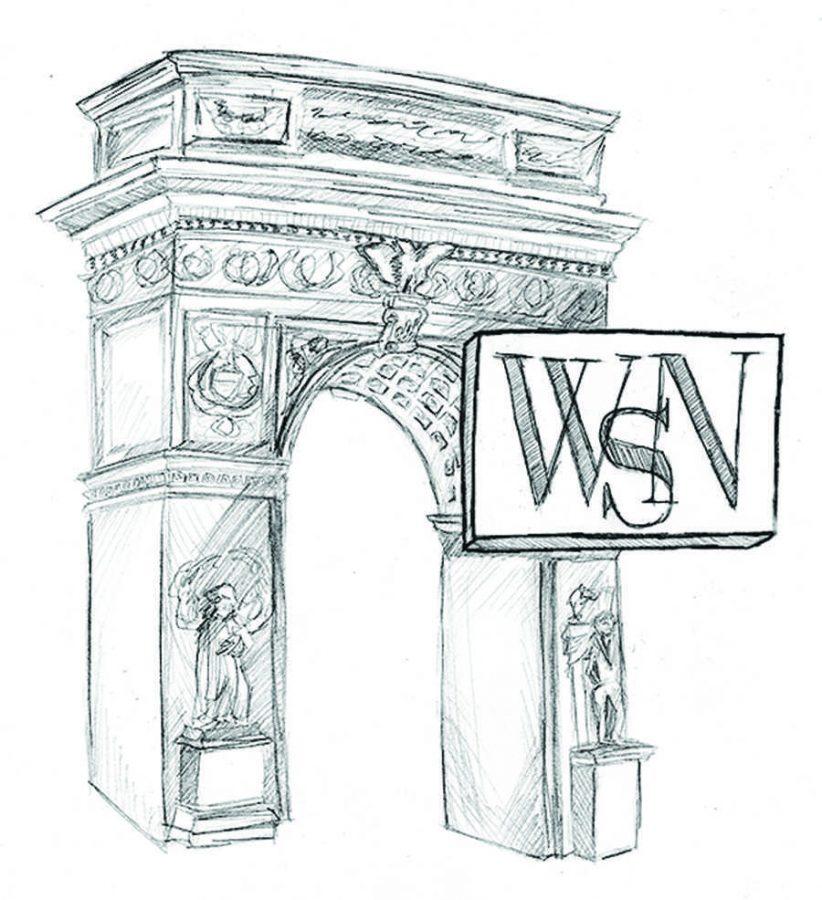Halloween Industry Scapegoats Mental Disorders
October 27, 2016
As Halloween — yet another holiday turned into a lucrative industry — fast approaches, the heated debate over offensive costumes and amusement park fright fests has stormed social media. Everyone is familiar with racist costumes like blackface or Native American headdresses, but this year has brought its own instances of Halloween disrespectfulness. A “Robbed Kim” outfit for sale online, parodying her recent Paris incident, resulted in shoppers expressing their outrage of its insensitivity via Twitter. Some counties have even banned clown attire in light of recent events. Lesser known is the recognition of Halloween’s scapegoating of mental illness. An asylum attraction which opened in Buena Park, California featuring a psychiatric patient as its source of horror also came under fire last month. Taking these real-life struggles and exploiting them in a sickening way not only advances the agenda of these selfish distributors but also perpetuates the stigma behind mental illnesses.
Many businesses, universities and other organizations take great care to celebrate Halloween in a lighthearted and inoffensive way, particularly with regards to race and sex. But when it comes to mental illness, such precautions are essentially nonexistent. Puppets with knives in their heads or nooses around their necks are common decorations, as are haunted houses that capitalize on diseases like schizophrenia or bipolar disorder. These practices take a toll on the nation by making those who suffer from these conditions feel inferior and unwelcome. Serious mental disorders have been disgracefully fetishized and reduced to a form of entertainment, thanks in part to the stigma that surrounds these conditions. Too many affected by mental illness are dismissed by friends, families and even bosses who do not regard these issues as real — a feeling that is only compounded in amusement parks and by Halloween gear everywhere.
The holiday, as it is celebrated now, damages the public’s view by teaching kids that mental illness is frightening, like the images of bloody and violent hospital patients created by attractions. These audiences grow up not realizing that those who suffer from mental illnesses do so silently and that being part of this group is not a sign of personal weakness. They maintain a community that fails to understand mental illness-based prejudice, which forces victims to remain silent or risk their careers and relationships.
With nearly one in five Americans suffering from mental illness, Halloween paraphernalia employing mental health-based scare tactics — though harmless in intent — will affect many audiences. It isn’t difficult to enjoy Halloween without bolstering negative stereotypes. There is no problem with dressing up to trick-or-treat or go to parties, but it is important to be mindful of the consequences of an insulting costume or attraction, especially one that targets those affected by mental illness.
Email the WSN Editorial Board at [email protected].
























































































































































